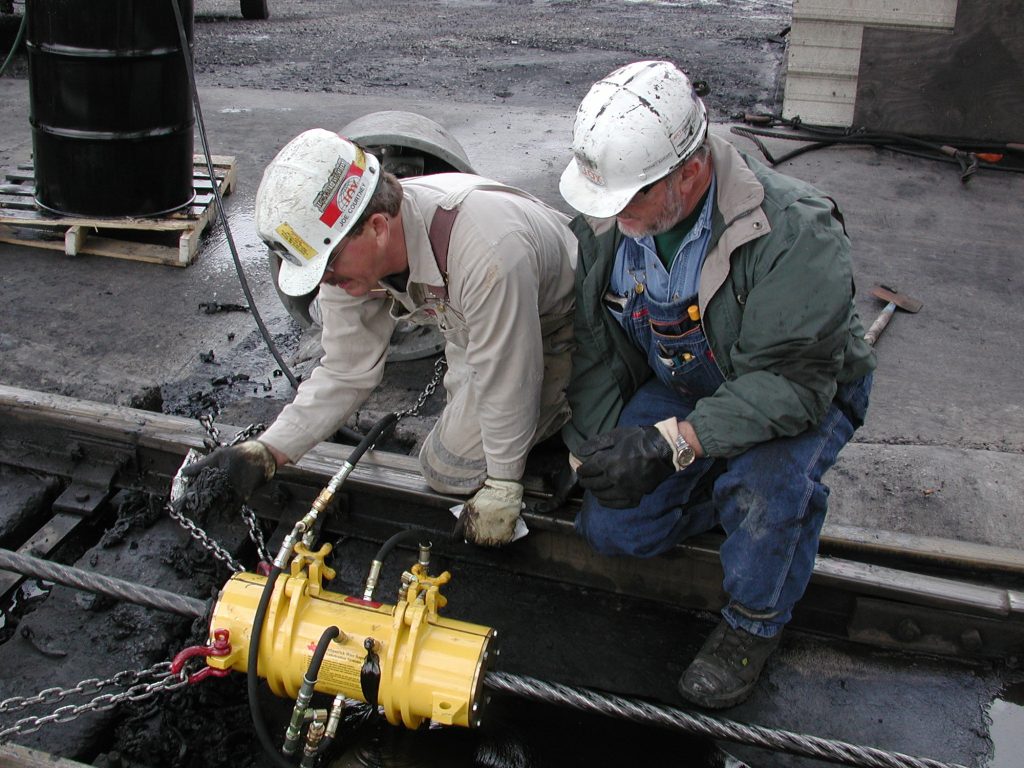The process of heavy work wire rope lubrication is an exciting one, and can be very rewarding. We will begin by identifying your needs. In this section, experts in the field ViperWrl say we’ll talk about that process in detail and make sure that we’re talking about the right kind of rope for the job you want it to do.
Section:
This section will explain the process for heavy work wire rope lubrication.
- Identify the problem.
- State the solution.
- Provide a takeaway and how you can use it in your own situation or workplace, if applicable.
When a vessel is in layup and needs to be inspected, a Fleet Operations inspector will gather information on the wire rope and its lubrication. The first step is to inspect the wire rope for cracks and other defects using a magnifying glass. The inspector then tests the strength of each strand using an air-powered hand tester (ASTM D5443). This test determines whether or not any strands need repair or replacement due to excessive wear or weakness.
After these steps have been completed, your fleet operations team may need to clean out any corrosion from inside your ship’s hull before proceeding with other inspections such as those conducted by Marine Grade Inspectors who inspect hulls for damage caused by weathering effects like wave action over time – this also includes checking if there are any holes caused by barnacles growing on top of wooden structures under water where salt water gets into them during periods when tides change rapidly due during high tide conditions when tides rise more quickly than usual
The first step of the process is identifying your needs. We’ll make sure that we’re talking about the right kind of rope for the job you want it to do.
The first step of the process is identifying your needs. We’ll make sure that we’re talking about the right kind of rope for the job you want it to do.
When we talk about heavy work, we often mean things like:
- Replacing an old machine that’s been in use for 20 years and needs to be replaced with something new.
- Building a new machine from scratch, or rebuilding an existing one so it can last longer than ever before — even if it wasn’t designed for high-stress applications like this one!
The process starts by finding out what materials are available on your site as far as materials go (metal, wood etc) then deciding which type will be best suited for this particular application – whether it be metal vs plastic etc..
Conclusion
As we’ve seen, there are a variety of rope lubrication options available. Some are more effective than others depending on your needs and the type of job you’re doing, but overall they all have their advantages. The right choice for any given situation is going to depend on a number of factors including how much time and energy you have available to dedicate towards this task as well as what kind of environment your vessel will be operating in during regular operation hours.

